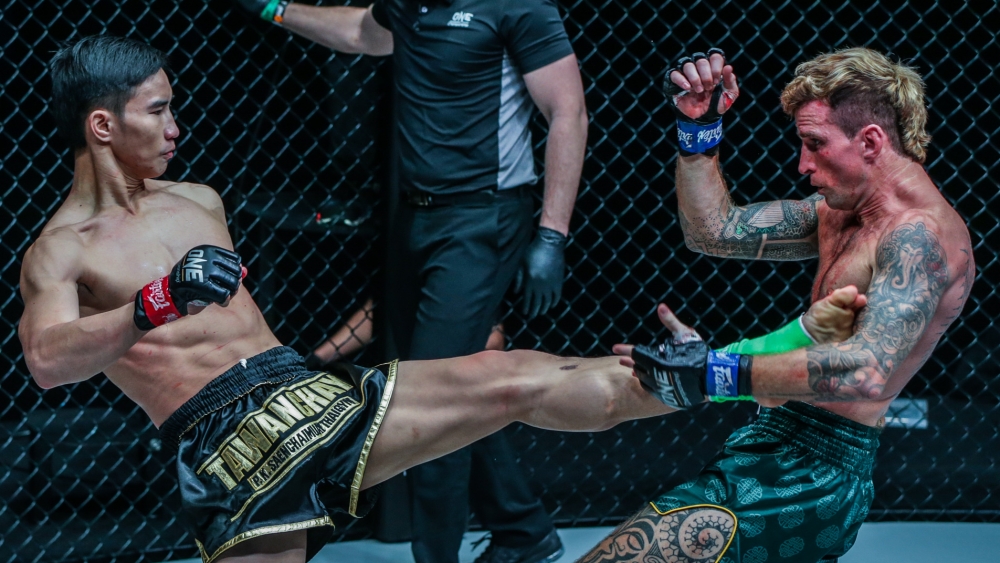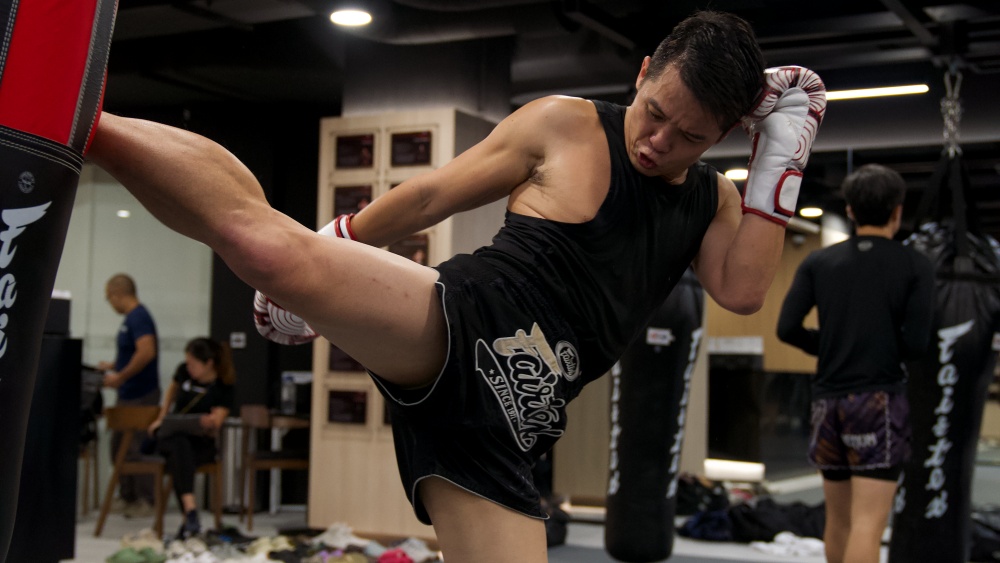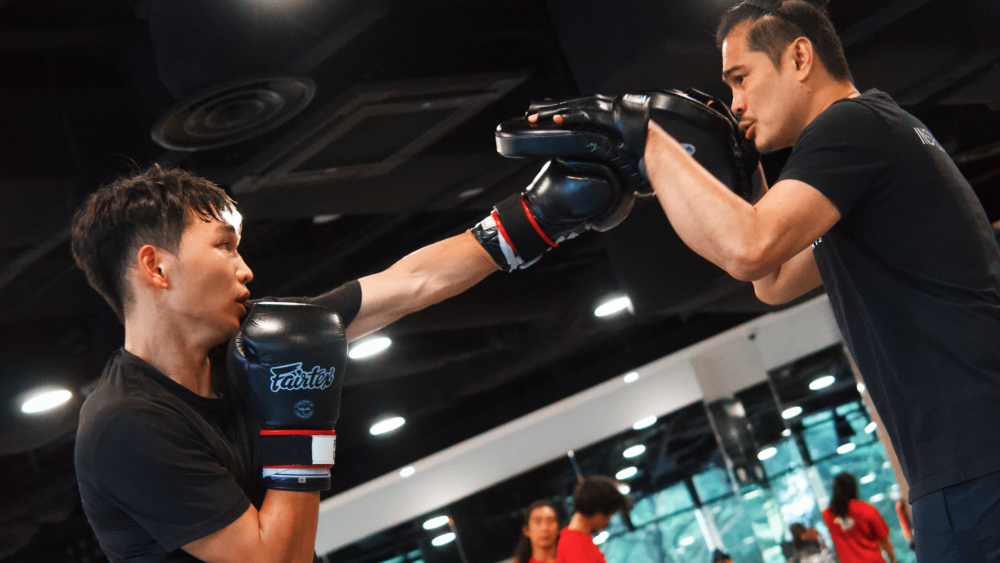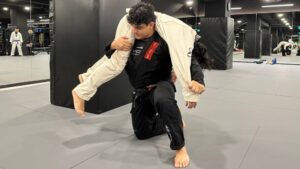Anyone who has ever kicked a Muay Thai pad knows the name Saenchai. The Muay Thai legend was undoubtedly the best Muay Femur on the planet in his prime and there are countless skills in his arsenal that Nak Muays around the world have tried to emulate. While most fans are drawn to Saenchai because of his exciting displays of acrobatics and unconventional techniques, it is important to remember that such skills are not what makes him great.
What makes Saenchai truly great is his mastery of the Muay Thai basics, and he displays a number of these skills with grace and style in the highlight reel featured below. While there is a smorgasbord of Muay Thai techniques on display in this 10-minute clip, we have selected 6 foundational movements that Saenchai consistently draws on to control and dominate his opponents in a fight.
These skills should be a part of every Nak Muay’s arsenal and we recommend that you practice them all to perfection before attempting to master his more flamboyant techniques such as the cartwheel kick and his namesake Saenchai Shuffle.
So, looking at this highlight reel, here are 6 signature Saenchai techniques we believe that every Nak Muay should master.
1) Rear-Leg Teep
While the lead leg teep works like a jab, quickly striking your opponent to disrupt their rhythm and distancing, the rear leg teep works like a haymaker. It is a powerful strike that can send an opponent flying across the ring. The cost of this teep’s power comes from the fact that, usually, it is incredibly easy to see and counter but Saenchai employs two equally important tactics to ensure that his rear leg teep is impossible for his adversaries to defend.
Firstly, he always steps back, drawing his opponent onto the strike. The faster an opponent moves forward, the harder it is for them to retreat into the appropriate range to defend teeps, which means there is very little Saenchai’s opponents can do, even if they do see his foot flying towards them.
Secondly, Saenchai aims high when he throws this strike, targeting his opponent’s mid-chest or head. It is far easier to defend a teep that targets the stomach or waistband region of the body so by tactically aiming high, Saenchai is making it even harder for his opponents to catch and counter this, often predictable, technique.
2) Sliding Teep
While Saenchai likes to employ a rear leg teep to stop an aggressive, forward-marching opponent, he often saves his front leg teep for when an opponent is playing coy and staying well out of his range. To close the gap quickly and ensure that his (usually) larger opponents are forced to act defensively as he enters range, Saenchai employs a sliding teep to the waistband on their trunks in order to off-balance them.
To anyone who has read our article “How To Utilise The Muay Thai Side Kick,” this movement will look familiar. Saenchai often throws this technique in the same way but by alternating his foot position between the classic teep (with his foot pointed upwards) and the side-kick (foot and hips rotated) that Tawanchai employed against Superbon.
3) Lay Back
The lay back (or lean back) is a foundational movement that should be a part of every Nak Muay’s arsenal and it isn’t surprising that somehow Saenchai even manages to make this plain movement a sight to behold.
The lay back is a defense against a roundhouse kick that is targeting your upper arms or head. This kick is too high to be blocked or caught with conventional techniques and so, one of the few options available to you is to simply limbo yourself underneath it.
It is common for most Nak Muays to do this by stepping back out of range with their rear foot while their lead foot stays grounded and by keeping their rear heel elevated and toes pointed forward, they are able to spring straight back into a powerful counter kick whilst their opponent is off balance.
You will notice in this clip that often Saenchai will simply lean back without moving his foot, getting his upper body almost parallel to the ground before springing back up at a range where he is able to utilize just about every weapon in the Muay Thai arsenal. While this version of the lay back is incredibly impressive, it’s best to stick to the tried and tested version unless you’ve been gifted with the mobility of a limbo world champion.
4) Under-Catch And Sweep
While Saenchai’s lay back is undoubtedly one of the best in Muay Thai, he still has other options up his sleeve for when he doesn’t have enough time to limbo under high kick. One of the best options he has for this is his under-catch and sweep, a move he pulls off countless times in the above highlight reel.
The under-catch is usually performed when your opponent throws a kick that is too high to catch with conventional technique and, for whatever reason, you are unable to lean back out of the way. Under-catching involves wearing the kick on your arm instead of your head and body, you will notice that Saenchai glues his targeted sidearm to his side and covers his head with his glove as a way of minimizing the damage that the kick causes. As the kick connects Saenchai reaches across his body with the opposite arm, hooks his opponent’s foot in his glove, and rips the captured leg across the front of his body by moving his hips backward to create room. Once the leg is across this body, he lifts it high to off-balance his opponent whilst simultaneously stepping forward to sweep out their standing leg, sending them crashing headfirst onto the ground.
5) Kick Under
Saenchai rarely loses a kick exchange, not only because he has great balance and timing but also because he can predict what his opponent will do, creating traps for them to fall into so that he can land the final kick.
One simple trap that he uses to great effect is the “kick under” during a kick exchange. When he lands a kick, he knows that his opponent is inevitably going to kick him back, and, predicting this, he steps away from the incoming kick whilst kicking underneath it to chop out their supporting leg.
With practice and the confidence to attempt it, this becomes an incredibly easy sweep to pull off but if you find that they don’t go tumbling to the mats when you first try it, don’t worry. They’ll still be off balance and open for you to follow up with a scoring body kick to win the exchange.
The fact that Saenchai is shorter than many of his opponents means that he rarely engages in clinch battles for neck control. Instead, he uses his smaller stature to his advantage and hunts for the body lock, a position that negates a taller fighter’s clinch advantage. From this position, he quickly utilizes a clinch and throws as a way to disengage from the clinch with a big score.
You may also like:

















